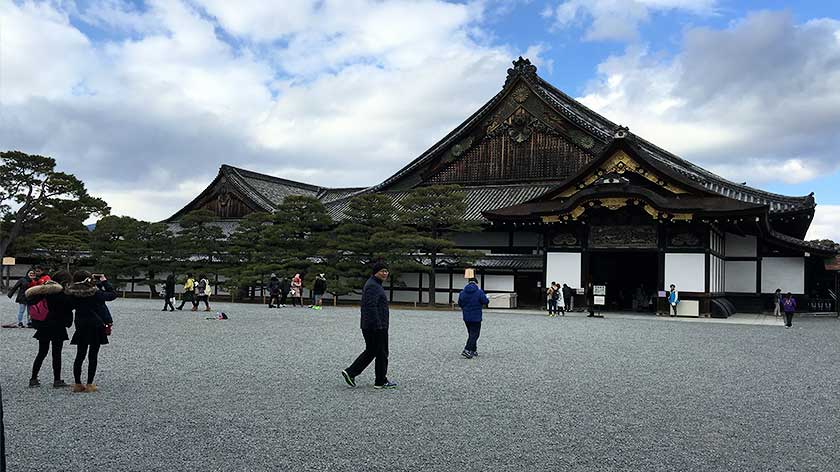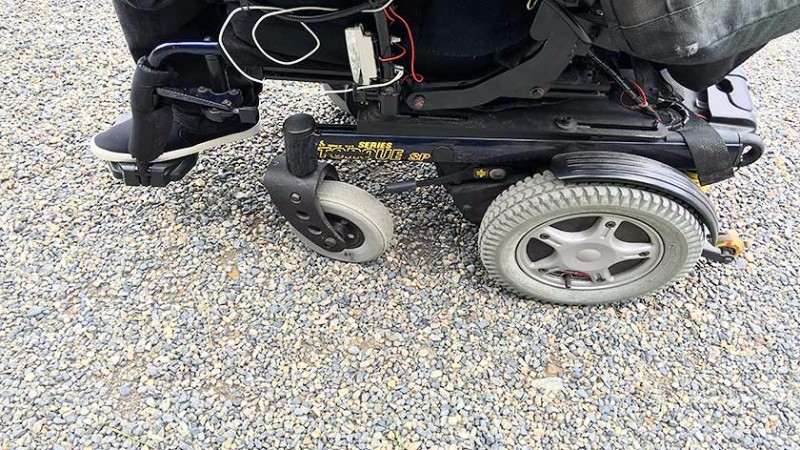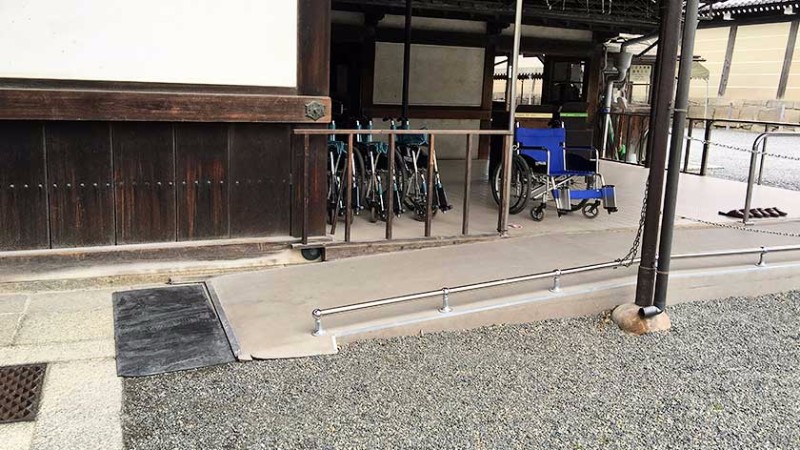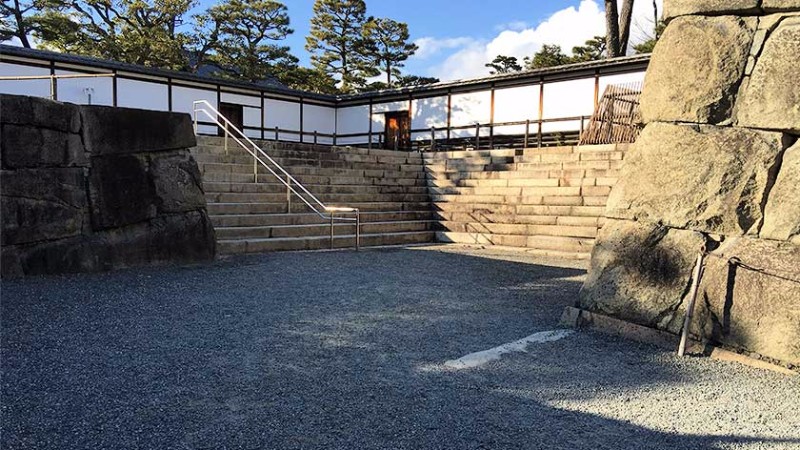
Nijo Castle is one of the historic sites listed in the UNESCO World Heritage Site Historic Monuments of Ancient Kyoto. The facility has done an excellent job of maintaining the original buildings while working to provide accessibility to those in wheelchairs and other disabilities.
General Information
In 1601, Tokugawa Ieyasu, the first shogun of the Edo Period (1603-1867), ordered all the feudal lords in Western Japan to contribute to the construction of Nijo Castle. The castle was completed in 1626 and was used as the Kyoto residence of the Shoguns. While Edo was the new capital city, Kyoto continued to be the home of the Imperial Court.
In 1867, the Ninomaru Palace was the stage for the declaration by Tokugawa Yoshinobu, returning the authority to the Imperial Court as part of the Meiji Restoration. The castle served as a detached palace of the Imperial Court until 1939, when it was donated to the city of Kyoto and opened to the public.
As one of the best examples of a castle from the era, it was declared a UNESCO world heritage in 1994.
The castle is divided into two main areas – The main circle of defense (Honmaru) and the secondary circle of defense (Ninomaru).
Ninomaru houses the Ninomaru Palace which served as the main residence and audience chambers when the Shogun was in Kyoto. It is open to the public.
Honmaru originally featured a 5-story castle which burned down in the 1800s and was never rebuilt. The Honmaru Palace is only opened to the public on special occasions.
Nijo Castle is open from 8:45-17:00 (admission until 16:00) and the Ninomaru Palace from 9:00-16:00. It closes on Tuesdays in Jan, Jul, Aug and Dec (or following day if Tue is a national holiday) as well as December 26 to January 4 for New Years. English audio guides are available for ¥500. The entrance fee is ¥600 but users with disabilities may get in free with identification or the staff’s discretion.
Getting There
The nearest station to Nijo Castle is Nijojo-mae on the Kyoto Subway’s Tozai line. There is an elevator to the station at Exit #1 and an elevator down to the tracks. Accessible toilets are available near Exit #3. (Click here for a diagram of the station.) The castle is located across the street from Exit #1.
Accessibility Information
After going through the main gate of Nijo Castle, you are greeted with what will likely be the biggest challenge to those with physical disabilities – gravel. While not thick enough to stop a wheelchair, it will be difficult to push a manual wheelchair or use a cane. Those in electric wheelchairs should be fine, but there are a few places where a tire could become stuck.
Heading to Ninomaru Palace, you will be directed to the right hand side by a staff member if you are in a wheelchair. The palace has been made accessible, but to avoid bringing in excess dirt or water, wheelchair users will need to transfer into a manual wheelchair provided by the castle. From there a ramp leads into the palace. A number of times there are small bumps/changes in elevation between rooms. While they are certainly passable in the wheelchair, not noticing them can jostle the wheelchair user. The rooms and displays can easily be seen from a wheelchair. (Photos are not permitted inside the palace to preserve the building.)
Returning to where wheelchairs were exchanged, the next stop is the Ninomaru Garden. As this requires passing through a gate in the wall, it is a bit uneven and wheelchair users may need to be cautious.
Following the garden is Honmaru, or the main circle of defense. The entrance that follows the exit from Ninomaru Garden is not accessible as there is a large step and then a flight of stairs. To enter Honomaru in a wheelchair, the entrance at the opposite side of the moat must be used. While it does not have stairs, it still has a graveled slope. The foundation of the castle keep can be climbed by visitors, but is, of course, impossible in a wheelchair user.
There is a Tea House, but it is not accessible to wheelchair users.
For those with other mobility challenges, the gravel and size of the area may cause challenges. However, there are a few rest areas.
Wheelchair accessible toilets are available.
Conclusion
Being in the UNESCO list makes Nijo Castle a must-see while in Kyoto. The gravel and large area can cause challenges for those with mobility issues. The staff are helpful and roughly 90% of the site can be enjoyed be everyone. The close proximity to the subway station is also a definite benefit.























